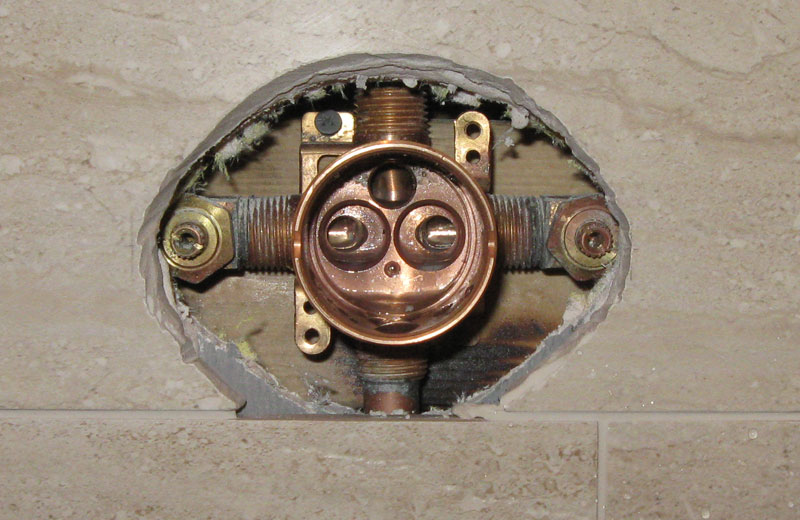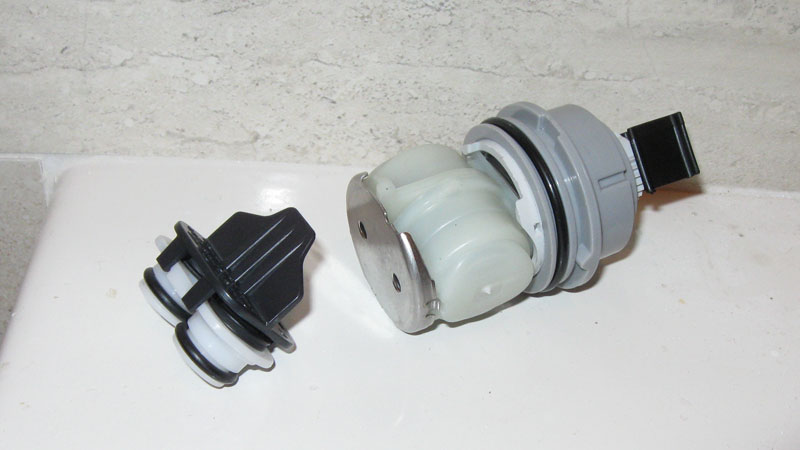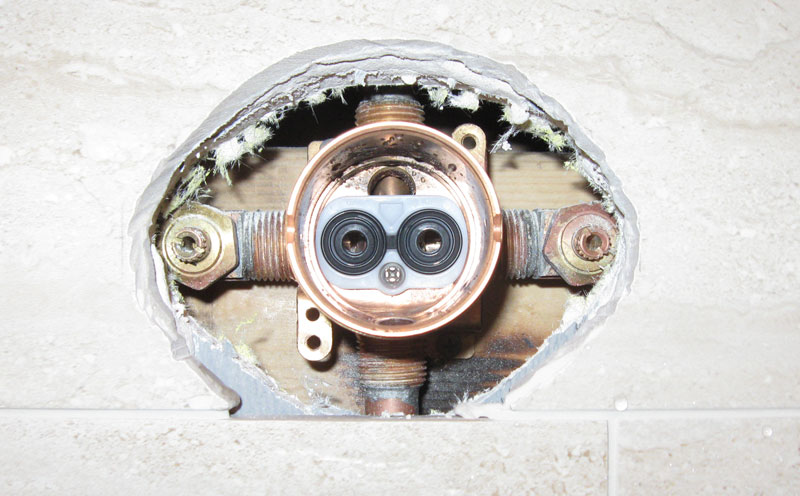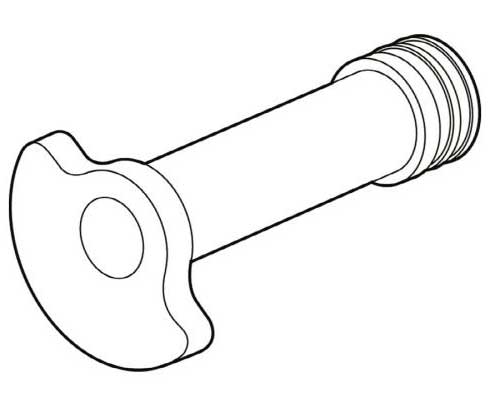Finch85
Member
I was doing a search and came across this thread which raised a few questions from me.
https://terrylove.com/forums/showthread.php?43744-Shower-Rough-In
My setup will inculde the R10000-PX, R11000 diverter valve, showerhead, and hand shower. I'll be using 1/2" PEX Couple questions...
1. I see that I can install the R10000 upside down and plug what would normally be the shower outlet? If I install it upside down for maximum flow (which will actually be to my diverter valve, does the hot still connect to the left side and the cold to the right?
2. What is crossover? I saw this term in the above thread. My supply has ball shut off valves so I believe this won't be a concern, right?
3. What is best to use for the showerhead and handshower stub outs?
4. Once I get both valves installed and both the showerhead and handshower drop ears w/ capped stub outs installed...does testing simply involve turning on the water and making sure there are no leaks? Silly question but wanted to make sure.
5. My plumbing wall is backed by drywall and is a bedroom closet wall. I already have an access panel to access my cut off valves, should I have an access panel for the mixing and diverter valves for future maintenance/repairs? Would I even be able to access them with an access with the 2x4's which hold the valves?
Thank you all!
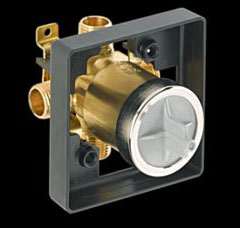
https://terrylove.com/forums/showthread.php?43744-Shower-Rough-In
My setup will inculde the R10000-PX, R11000 diverter valve, showerhead, and hand shower. I'll be using 1/2" PEX Couple questions...
1. I see that I can install the R10000 upside down and plug what would normally be the shower outlet? If I install it upside down for maximum flow (which will actually be to my diverter valve, does the hot still connect to the left side and the cold to the right?
2. What is crossover? I saw this term in the above thread. My supply has ball shut off valves so I believe this won't be a concern, right?
3. What is best to use for the showerhead and handshower stub outs?
4. Once I get both valves installed and both the showerhead and handshower drop ears w/ capped stub outs installed...does testing simply involve turning on the water and making sure there are no leaks? Silly question but wanted to make sure.
5. My plumbing wall is backed by drywall and is a bedroom closet wall. I already have an access panel to access my cut off valves, should I have an access panel for the mixing and diverter valves for future maintenance/repairs? Would I even be able to access them with an access with the 2x4's which hold the valves?
Thank you all!

Last edited by a moderator:

